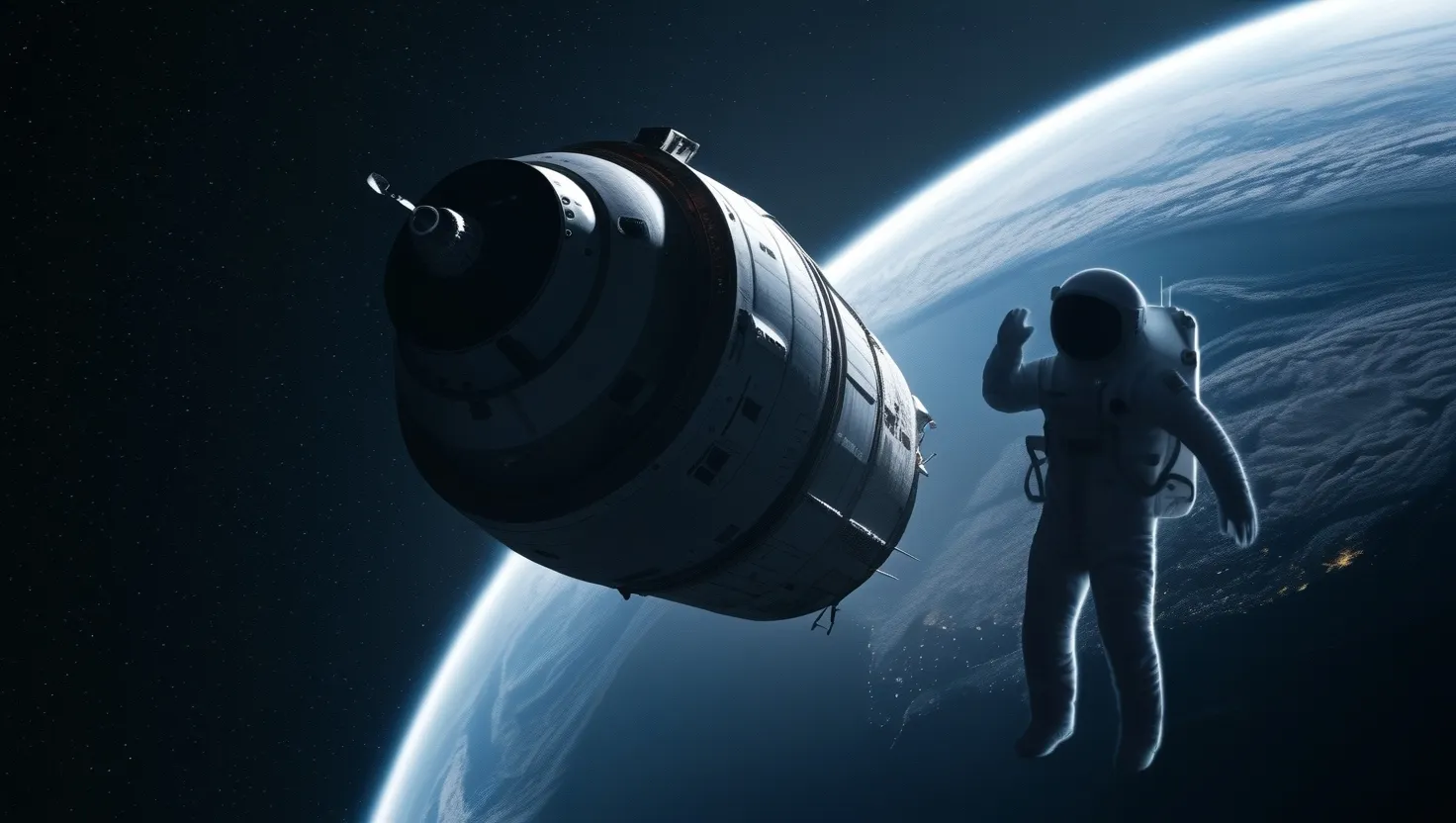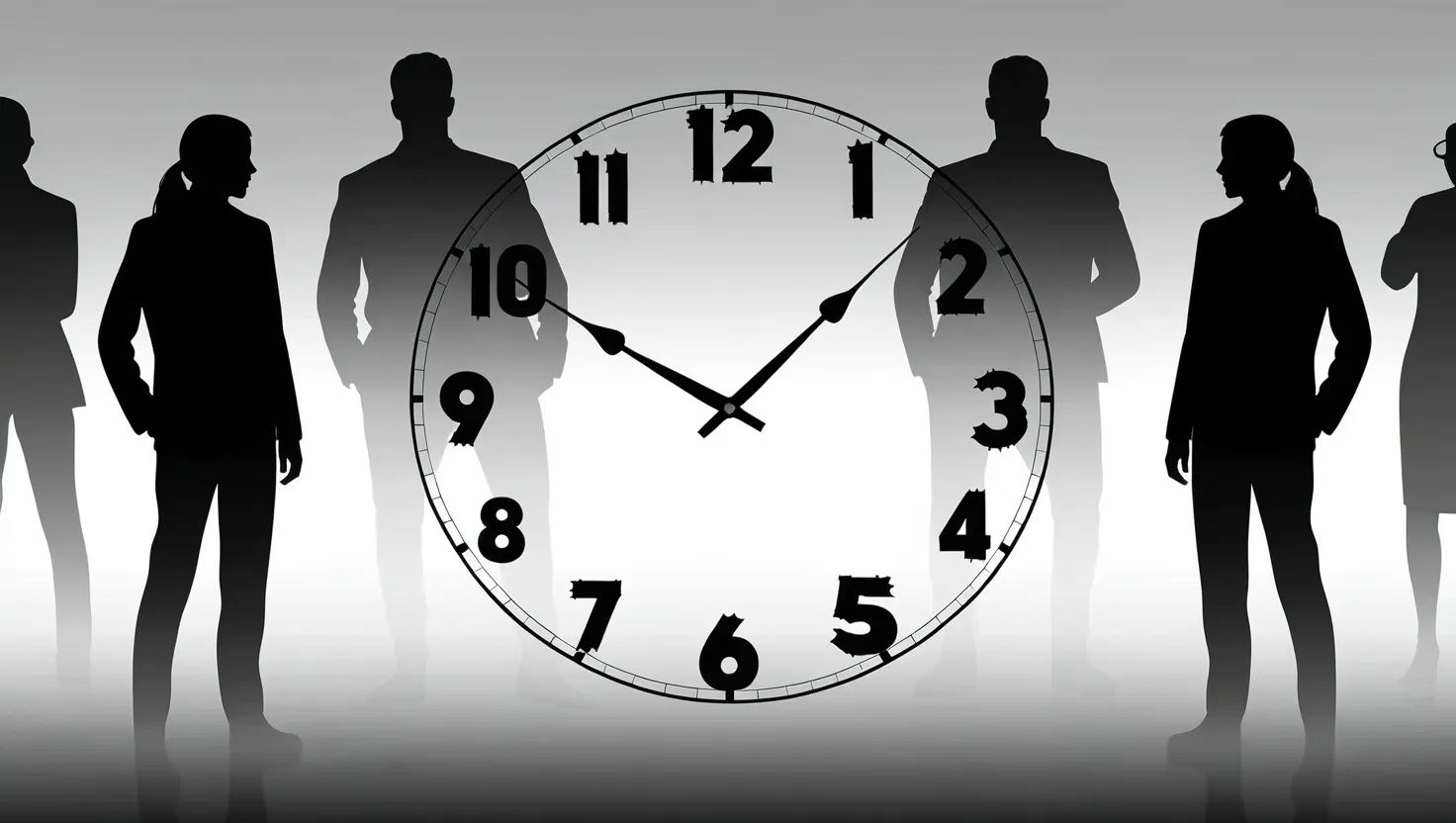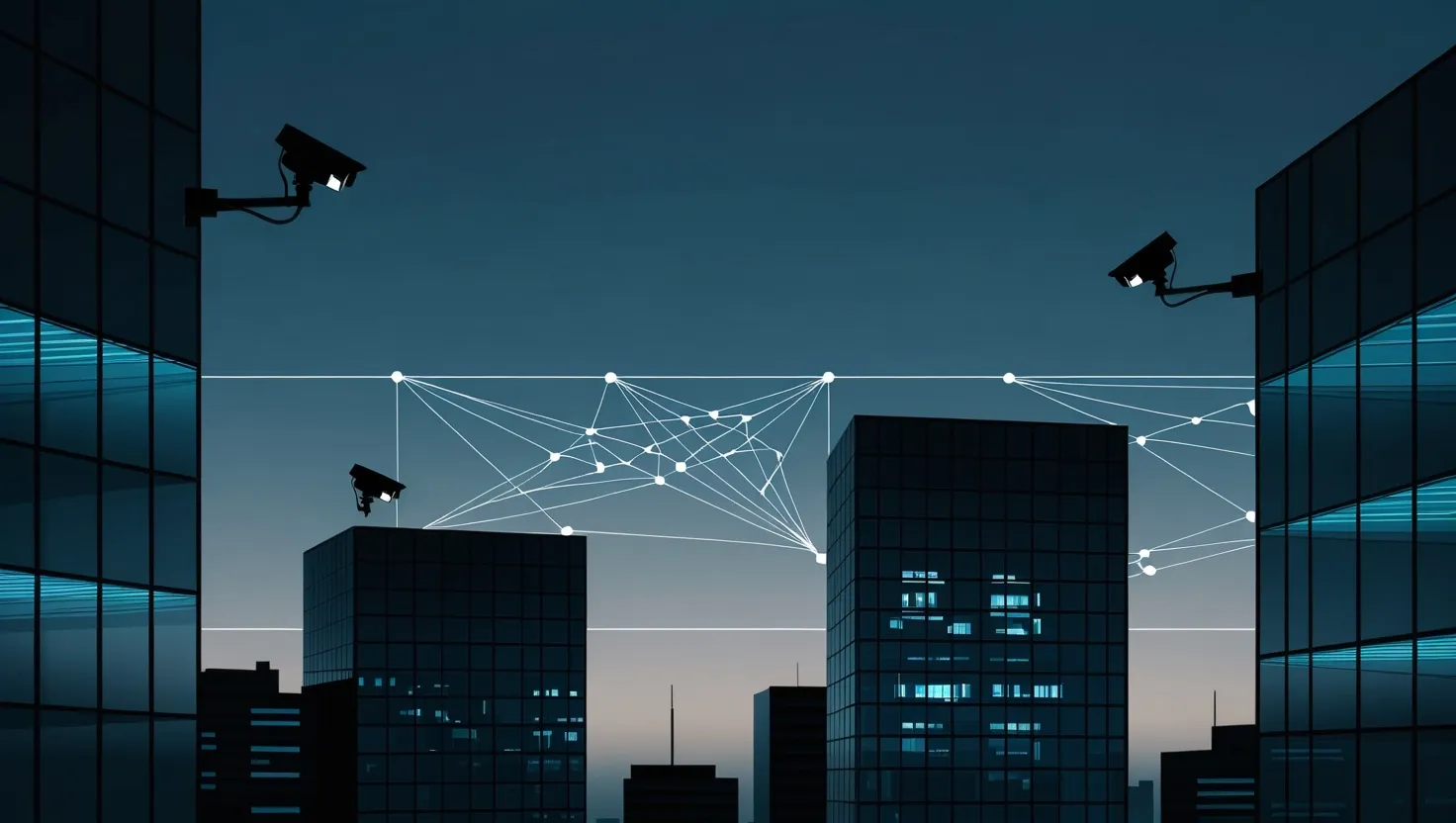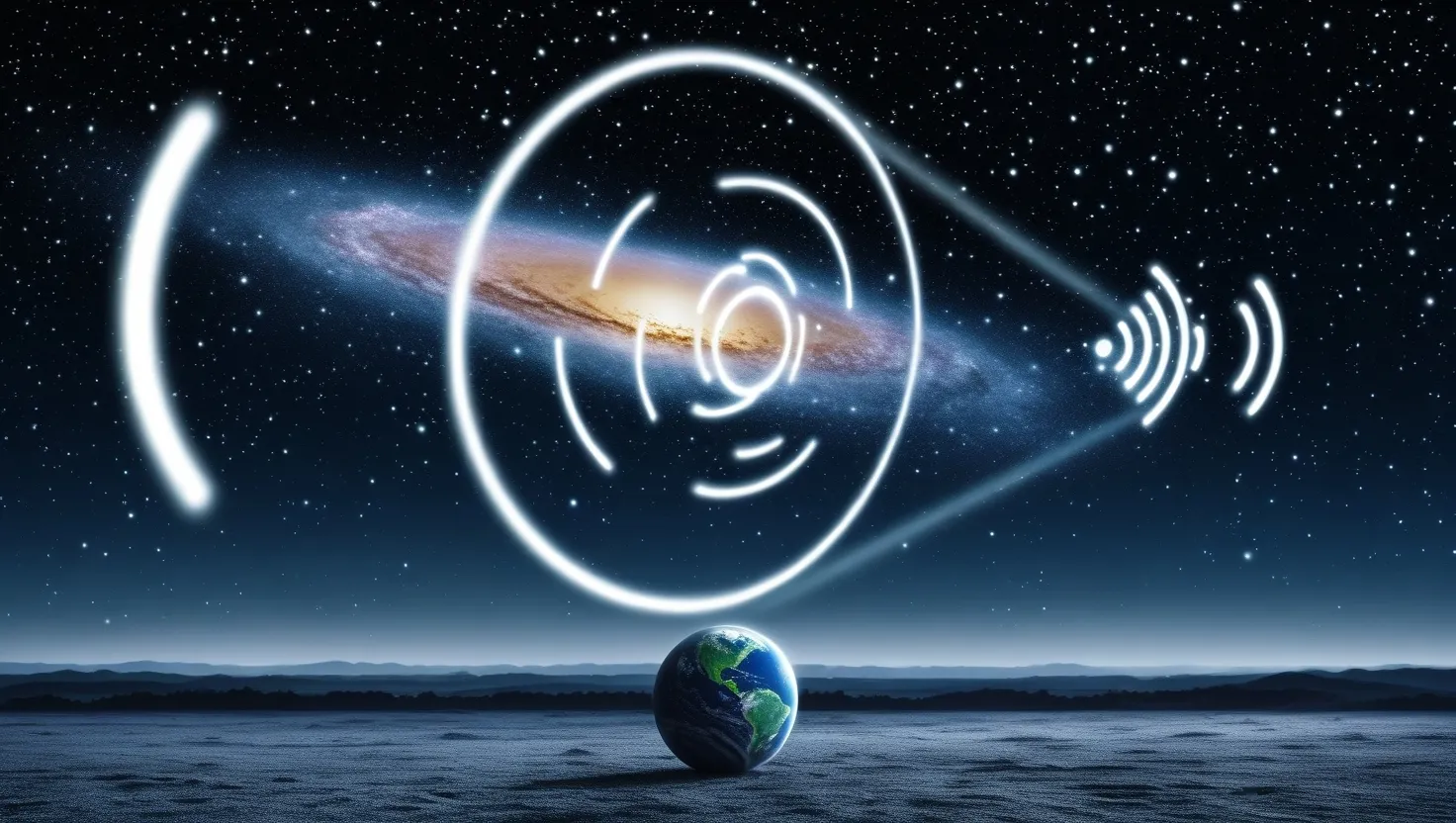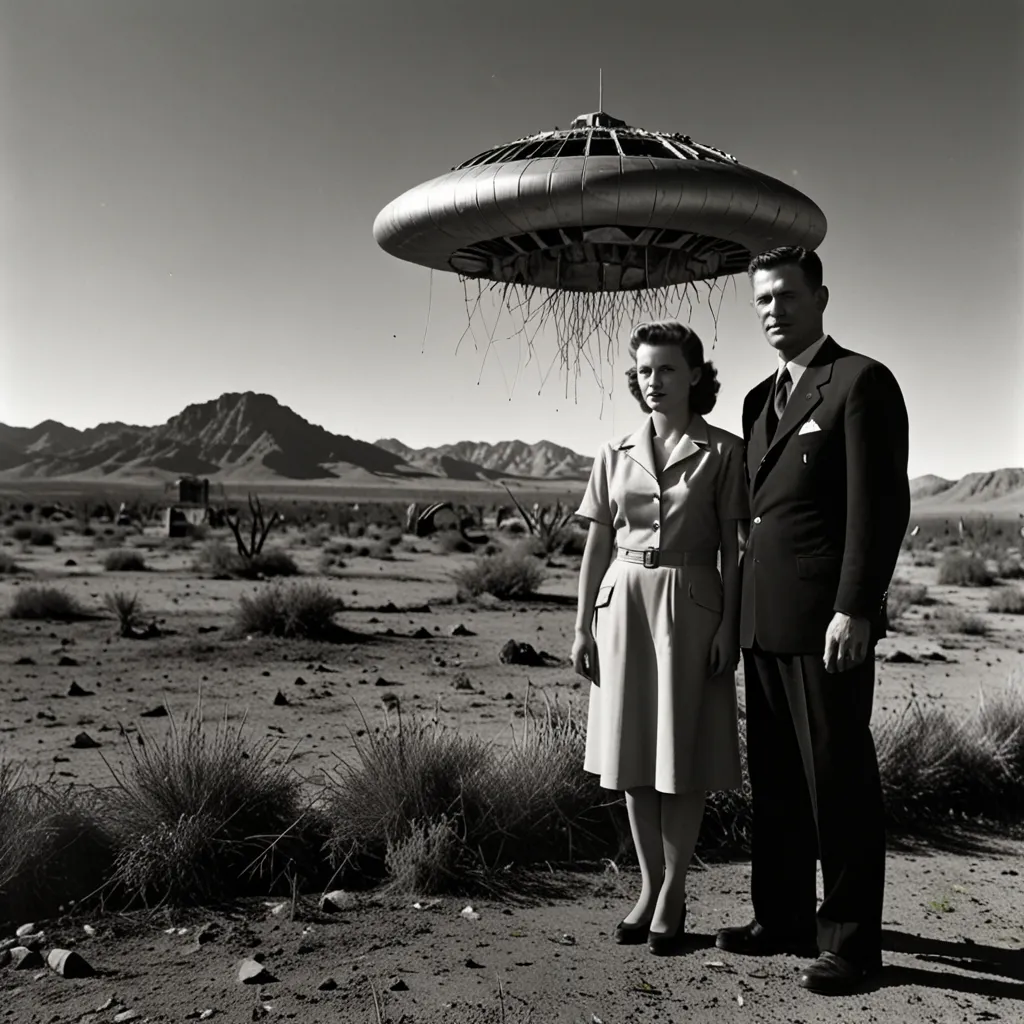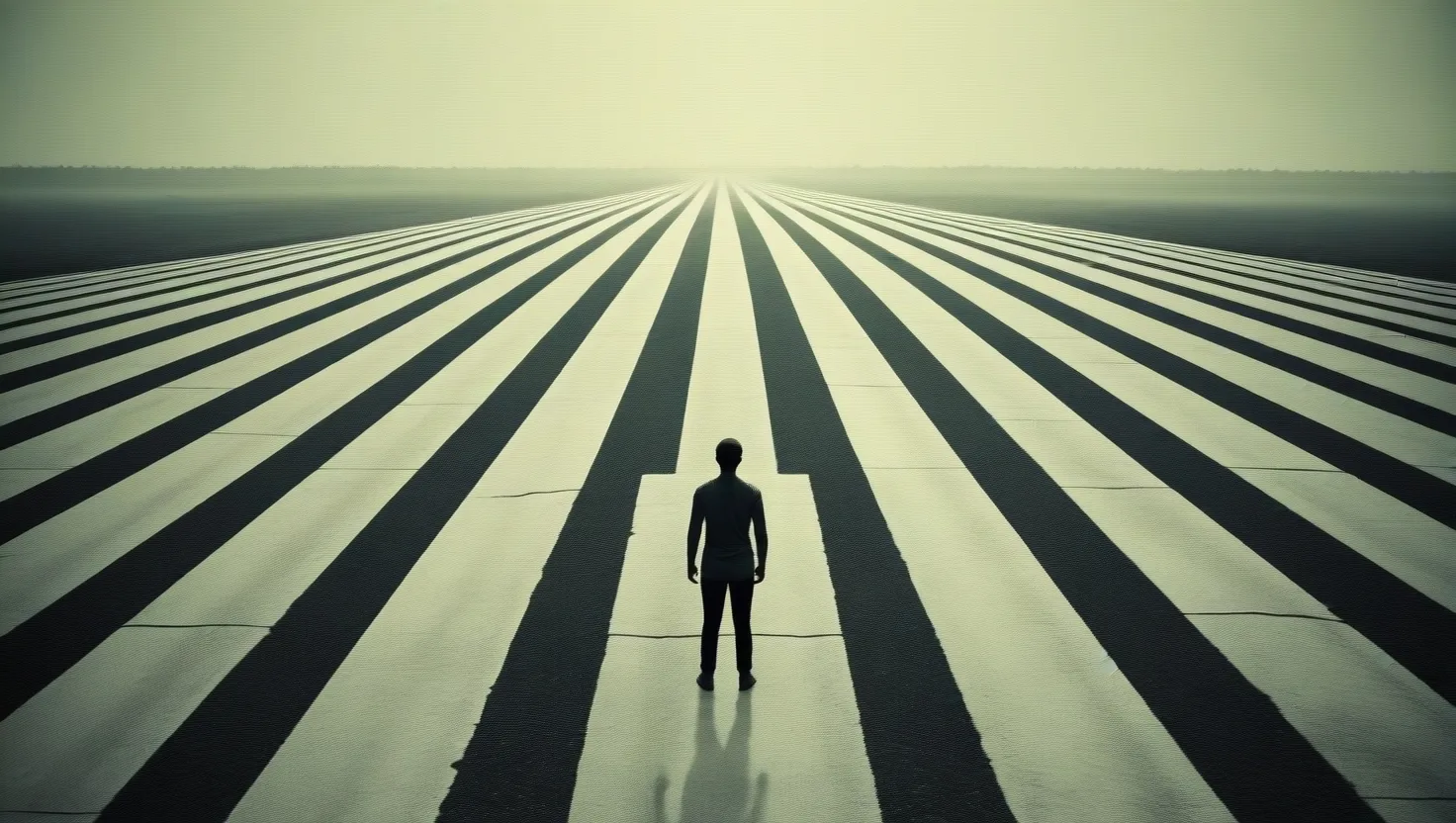In the shadowy landscape of the Cold War, the Soviet space program was a beacon of technological prowess and national pride. However, beneath the surface of its triumphant achievements, a darker narrative unfolded – one of secret missions, tragic losses, and a web of deception that has become known as the legend of the Lost Cosmonauts.
Imagine being an amateur radio operator in the early 1960s, tuning into frequencies that brought you more than just static and white noise. For some, it was the sound of desperation, the final cries for help from cosmonauts trapped in failing spacecraft. These recordings, often referred to as the Torre Bert tapes, are at the heart of the Lost Cosmonauts conspiracy theory. They paint a haunting picture of men and women who ventured into the unknown, only to meet a tragic end.
“But why, some say, the moon? Why choose this as our goal? And they may well ask why climb the highest mountain? Why, 35 years ago, fly the Atlantic? Why does Rice play Texas?”
- John F. Kennedy
These words, spoken by John F. Kennedy, encapsulate the spirit of exploration and the drive to push beyond human limits. Yet, they also hint at the risks and the unknown consequences that come with such endeavors.
The story of the Lost Cosmonauts is intertwined with the early days of Soviet space exploration. It is a tale of ambition, of pushing the boundaries of what was thought possible, and of the human cost that often accompanies such pursuits. Valentin Bondarenko, a young and promising cosmonaut, is one of the most well-documented cases of a covered-up tragedy. During a training exercise in a pressure chamber, his clothing caught fire, leading to severe burns that ultimately claimed his life. The Soviet authorities went to great lengths to conceal this incident, airbrushing him out of photographs and falsifying records.
How far would a government go to protect its image? The answer lies in the shadows of history, where the names of Grigori Nelyubov and others like him were erased from the records. Nelyubov, involved in a drunken brawl, was discharged and his existence denied by the Soviet space program. This was not an isolated incident; several cosmonauts were discharged for various reasons, only to be wiped from the annals of history.
Theories abound about secret missions that preceded Yuri Gagarin’s historic flight. Some claim that Gagarin was not the first human in space, but rather the first to survive and return. These speculations are fueled by the sudden deaths or disappearances of key personnel within the Soviet space program. The silence surrounding these events only adds to the mystery.
“Spaceflights cannot be stopped. This is not the work of any one man or even a group of men. It is a historical process which mankind is carrying out in accordance with the natural laws of human development.”
- Konstantin Tsiolkovsky
Konstantin Tsiolkovsky, a pioneer in rocketry and space exploration, saw space travel as an inevitable part of human progress. However, this progress came at a steep price. The Soviet Union’s haste to outdo the United States in the Space Race led to numerous failed launches and unreported tragedies.
One of the most intriguing aspects of the Lost Cosmonauts legend is the alleged attempt by the Soviets to send a crewed mission to the Moon just before the Apollo 11 launch. This mission, if it indeed happened, ended in catastrophe, with the N1 rocket exploding on the launch pad. Officially, this was a test launch without a crew, but the rumors persist, adding another layer to the mystery.
As we reflect on these events, we are forced to question the ethics of government secrecy. In the pursuit of technological advancement, how many lives were sacrificed, and how many truths were hidden? The declassified documents of the Soviet era reveal a complex web of cover-ups and concealments, but they also leave many questions unanswered.
“The universe is not only much stranger than we think, it is stranger than we can think.”
- Albert Einstein
Einstein’s words resonate deeply when considering the vast unknowns of space and the human endeavors to explore it. The Lost Cosmonauts represent a chapter in this exploration that is both tragic and fascinating. It is a reminder that the pursuit of knowledge and progress is often marked by sacrifice and secrecy.
Today, as space agencies around the world push for new frontiers, the legend of the Lost Cosmonauts serves as a poignant reminder of the risks involved. It challenges our understanding of Cold War history and the moral dilemmas faced by those who ventured into the unknown.
In the end, the story of the Lost Cosmonauts is not just about conspiracy theories or historical cover-ups; it is about the human spirit of exploration and the sacrifices made in its name. As we continue to reach for the stars, we must remember those who came before us, whose names may have been erased from history but whose contributions to our understanding of space remain indelible.
“The important achievement of Apollo was demonstrating that humanity is not forever chained to this planet and our visions go rather further than that and our opportunities are unlimited.”
- Neil Armstrong
Neil Armstrong’s words encapsulate the essence of space exploration – a journey that is as much about the future as it is about the past. The Lost Cosmonauts may be a footnote in the grand narrative of space travel, but their story is a powerful reminder of the complexities and challenges that underpin our quest for the stars.
